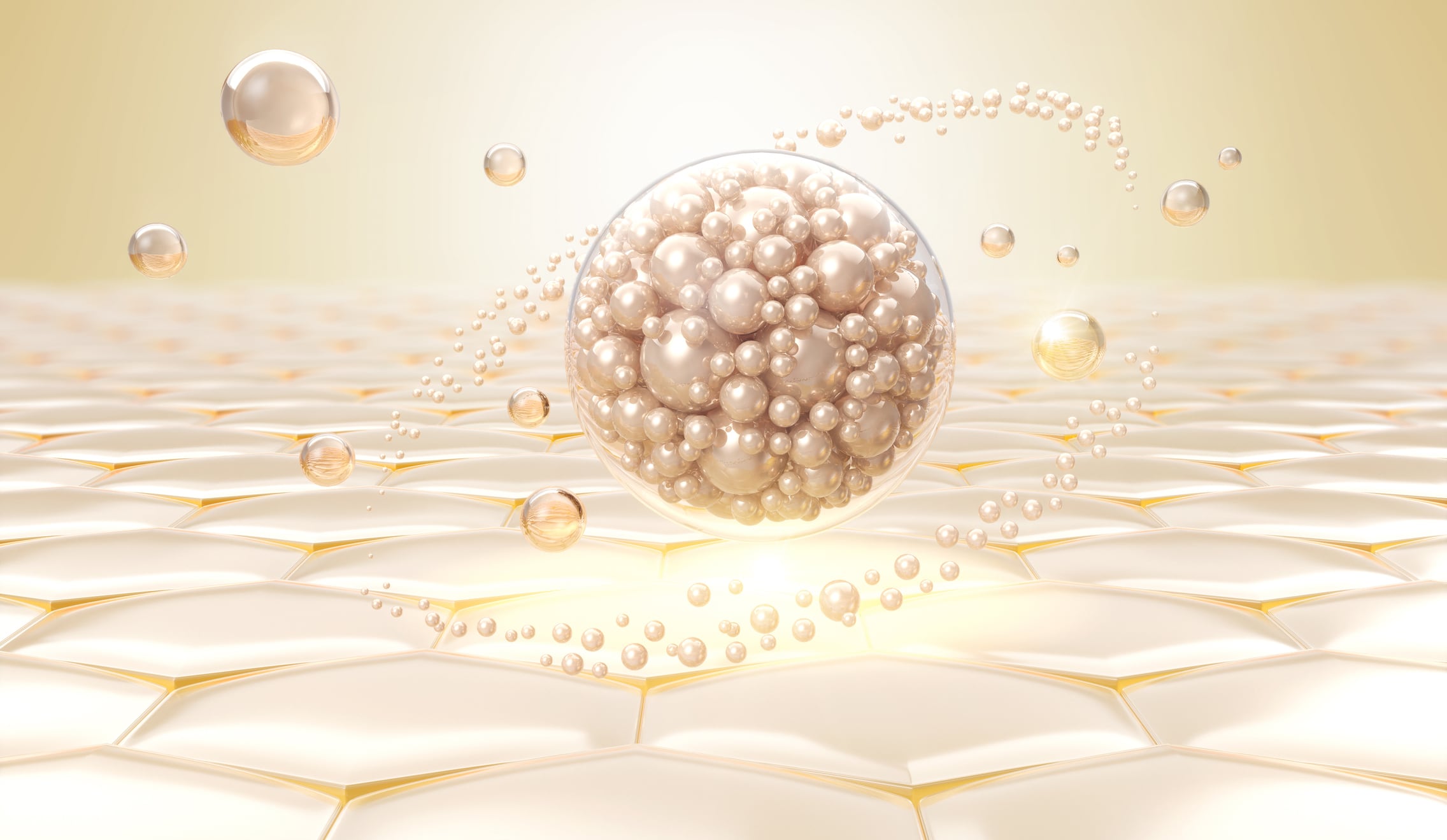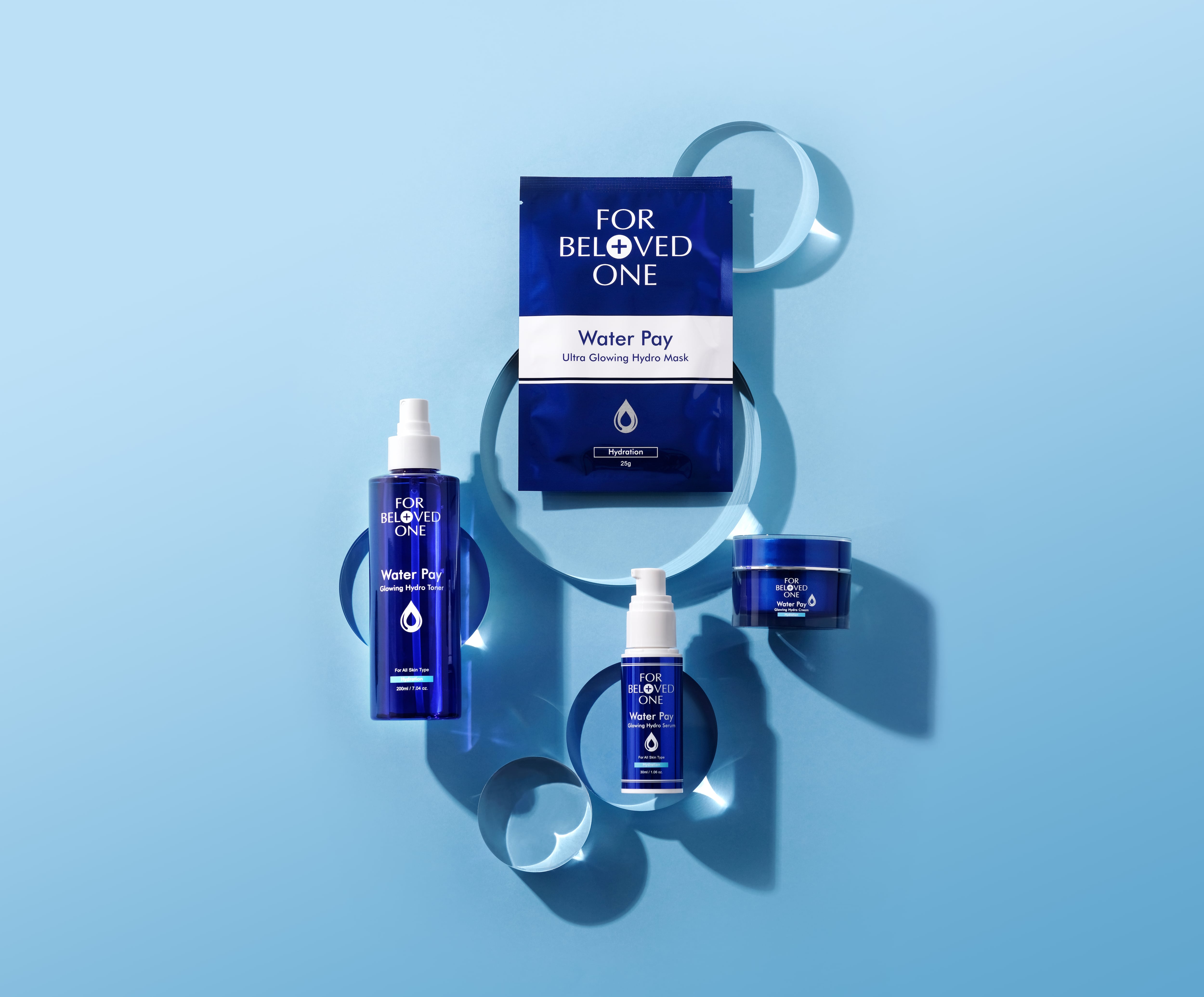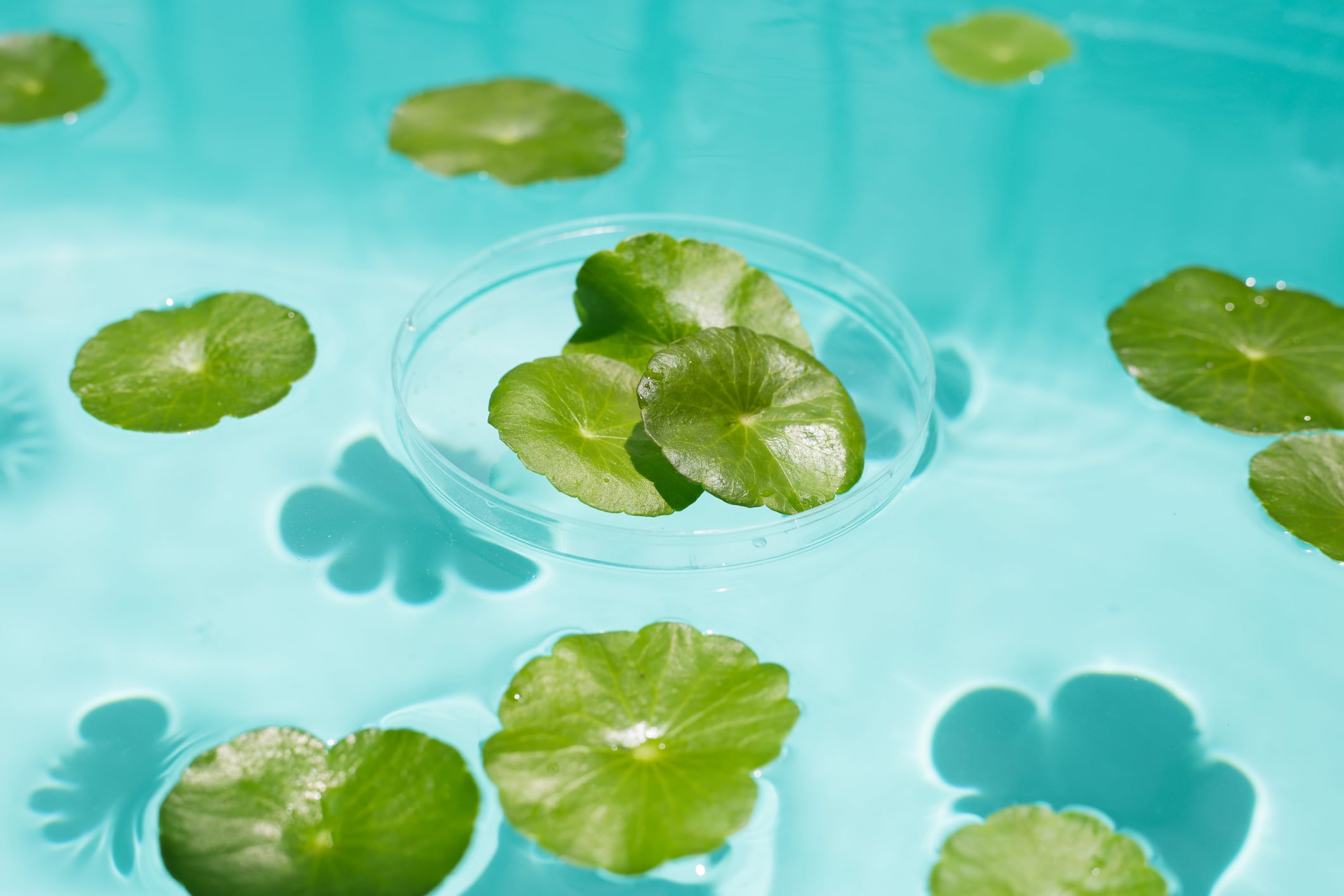The start-up was founded in 2023 by prominent Taiwanese pharmaceutical company Microbio Group, with a focus on NGPs and supported by over 15 years of rigorous scientific research.
“Unlike conventional probiotics such as Lactobacillus and Bifidobacterium species, which offer broad gut health benefits, NGPs are typically derived from the human microbiota and designed for precision — addressing metabolic disorders, inflammatory diseases, neurodegenerative conditions, and other serious health challenges.
“Our proprietary strain Parabacteriod goldsteinii RV-01 (P.Goldsteinii RV-01) for nutraceutical application has already achieved GRAS self-affirmation through a third-party institute, and is currently undergoing GRAS review by US FDA,” Snow Hsieh, Business Development Director at REVIVEBIO, told CosmeticsDesign-Asia.
According to Hsieh, there is currently only one commercially available strain (Akkermansia muciniphila) with FDA-approved GRAS status, and P.Goldsteinii RV-01 is “on its way” to become the second.
The company will be showcasing its latest P.Goldsteinii RV-01-based innovation called NEXOSOME at in-cosmetics Asia in Bangkok, Thailand, this November.
By harnessing NGP, the cosmetic ingredient is said to contain extracellular vesicle (EV) concentration of more than 500 billion/ml, offering significant potential in skin rejuvenation and regeneration, boosting of cellular energy to restore skin health, and targeted immunomodulation.
Based on in vivo studies conducted so far, NEXOSOME has also shown promise for strengthening compromised skin, atopic dermatitis treatment, and general anti-ageing.
“We are not a cosmetics company that grabs a certain technology and sells it to the market. We really have something solid. During the manufacturing of our nutraceutical ingredient, we noticed the abundance of this exosome. At first we didn’t know what it does, so we started analysing it and realised it has so many benefits for the skin.
“Being in the industry for so long, I have never seen a cosmetic ingredient that has this level of efficacy in relieving skin discomfort — not just itchiness, but also slight pain. It also works in a safe way because drugs that reduce this type of discomfort have to go through the central nervous system pathways that give some side effects, but for our ingredient, we’re acting on the mast cell itself.”
In fact, REVIVEBIO will be releasing a finished product made using NEXOSOME in Taiwan by end-October and in the US by late November.
“We see very good results and we want consumers to experience them quickly, that’s why we are launching our own B2C brand. Our plan is to launch it on Amazon US during Black Friday. The reason why we want to enter the US is because we think the market has one of the biggest influencing powers.
“Also, a lot of major beauty influencers are based in the US, so that would be part of our strategy for getting our NEXOSOME technology out to consumers. On the other hand, I really want to get this ingredient into companies like L’Oréal and Pierre Fabre because they reach more consumers.”
Following Taiwan and the US, the company is looking to roll out the product in Malaysia next year.
Backed by science to improve skin health and immunity
Study data provided by REVIVEBIO indicated that P.Goldsteinii RV-01 is highly effective in releasing high-quality EV with the median size of 128.8nM and concentration of 2.8E12 particles/ml.
Re-epithelialisation is the process by which a wound is resurfaced with new epithelium (skin cells). It is a crucial part of wound healing that involves keratinocyte migration and proliferation to cover the damaged area. Compared with other EVs, NEXOSOME was found to outperform in HaCaT cell proliferation and migration.
Additionally, it was shown to significantly enhance mitochondrial activity following UV stimulation, impart mitophagy-related functions in response to mitochondrial depolarisation, and downregulates cytokine and inflammatory regulators to help mitigate inflammaging.
As allergic reactions in skin occur when the immune system mounts an exaggerated response, typically mediated by IgE, NEXOSOME’s ability to downregulate cytokine and IgE while upregulating IFN-γ reflects its potential to reduce symptoms such as itching, swelling, or even hives.
Furthermore, NEXOSOME effectively inhibited the release of Thymic Stromal Lymphopoietin (TSLP), IL-31, IL-13 and IL-4 by mast cells, which contribute to inflammatory skin conditions like eczema and pruritus.
Its anti-ageing properties can be elucidated from its enhancement of several skin-related functional pathways involved in collagen and elastin fibre formation and biosynthesis, as well as amelioration of oxidative stress post-UV stimulation.
These key findings are accessible for REVIVEBIO’s partners, with the firm planning to publish them in public-access journals in the near future.
In terms of application, NEXOSOME could be used in a range of formulas, including barrier repair moisturiser, anti-ageing and skin-soothing products, skin regeneration gel, and hypoallergenic skin care for weak and compromised skin.





